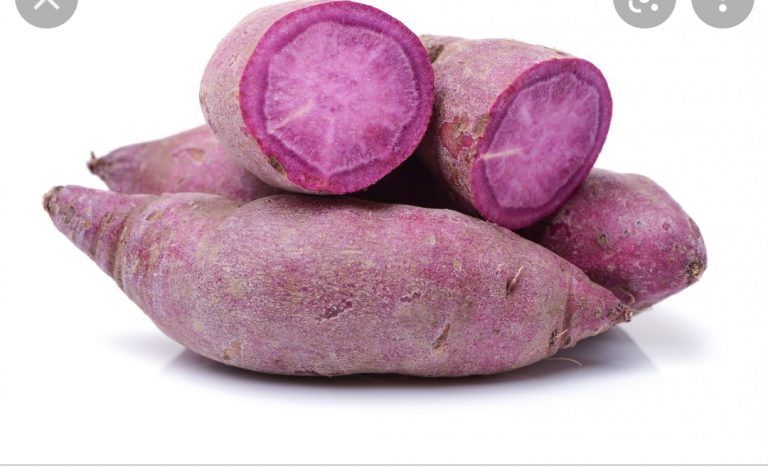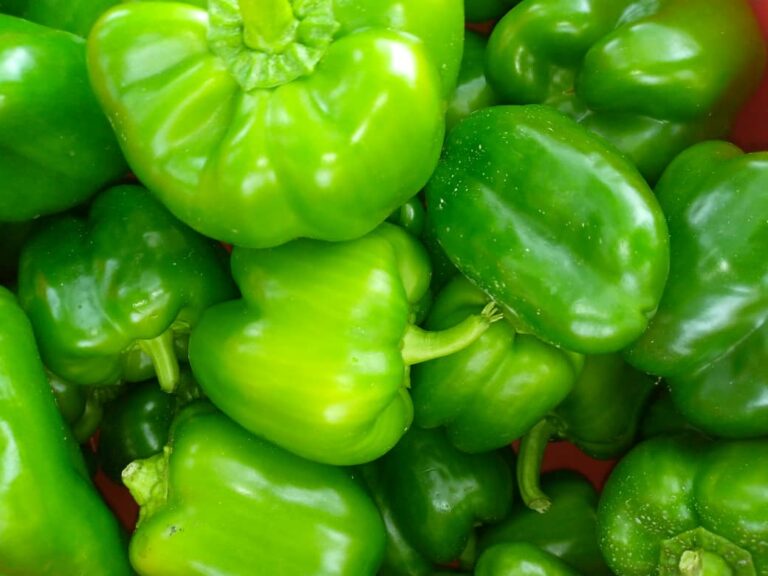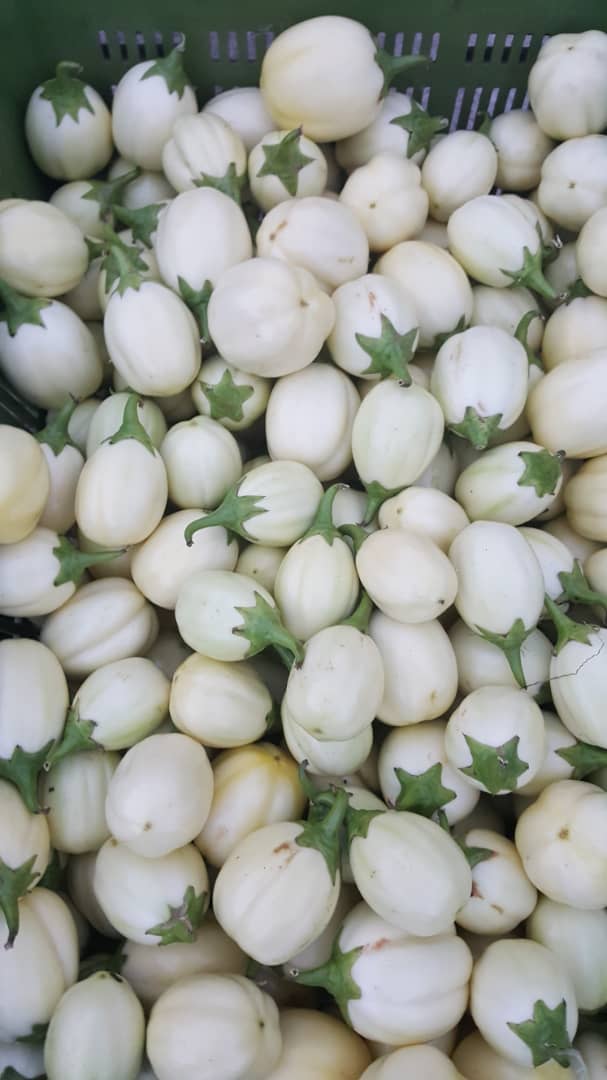
Vegetables
Vegetable cultivation in Ghana provides an excellent source of employment and income for both rural and urban dwellers as it is grown in many rural areas as well as in the outskirts of towns and cities to be supplied fresh to the urban markets and for exports. The industry has been found to have three distinct components – commercial/market scale production, medium scale production for contractors/middlemen and small-scale domestic/backyard gardening. In recent years, vegetable consumption in Ghana is on the rise, though it is still at its early stages when compared to other African countries like Kenya. Apart from local vegetables like garden egg, the most important vegetables are tomatoes, peppers (both sweet and hot chilies), onions and okra. More recently, the urban population is turning to fresh salads. This is mainly a result of Ghana’s sustained economic growth that has led to the emergence of a middle class of consumers demanding higher quality fresh produce. The increasing upper middle-class is demanding better quality products, including more emphasis on food safety. In turn, this has led to greater market segmentation among specialized retail markets, wholesale bulk markets, and local production-consumption systems. Subsequently, we hope to serve as a primary supply of farm-to-market vegetables in Africa for the high- and middle-class consumers. The current vegetable products include okra, pepper (chilly, green), marrow, turea, tinder, garden egg, lettuce, parsley leaf, jute leaf, butternut squash, tomatoes, onion and banana.
Starch
Starch is produced from grain or root crops. It is mainly used as food, but is also readily converted chemically, physically, and biologically into many useful products. To date, starch is used to produce such diverse products as food, paper, textiles, adhesives, beverages, confectionery, pharmaceuticals, and building materials. Cassava starch has many remarkable characteristics, including high paste viscosity, high paste clarity, and high freeze-thaw stability, which are useful to many industries. Starch and starch products are used in many food and non-food industries and as chemical raw materials for many other purposes, as in plastics and the tanning of leather. Non-food use of starches – such as coating, sizings and adhesives – accounts for about 75 percent of the output of the commercial starch industry. Starch is produced primarily by the wet milling of fresh potato or cassava roots but it can also be produced from dry potato or cassava chips.. About 25% starch may be obtained from mature, good quality tubers. About 60 % starch may be obtained from dry chips and about 10 % dry pulp may be obtained per 100 kg of roots.
High Quality Flours
The main end-users of high quality flours (cassava and potato) today are informal baking industries (including bread, biscuits, and snacks), the plywood industry, and—to a lesser extent—the brewery industry. Bread and other baking industries account for about 70% of all demand. The high quality flours are used in local breads and snacks. The high quality flours are also used in biscuits, though volumes are low, as biscuit companies rely on inexpensive soft wheat flour imports. Breweries have recently expressed interest in using high quality flours for beer production as a substitute for cake due to persistent challenges that have arisen due to the fibre content in cake.
Gari
In Ghana, gari is the most consumed and traded of all food products made from roots and tubers. It is a creamy-white, partially gelatinized, roasted, free flowing granular flour with a slightly fermented flavour and sour taste. It is consumed either soaked in cold water or stirred in boiling water to make a stiff paste (called ‘eba’ in the local parlance). Its wide consumption is attributed to its relatively long shelf life and its easy preparation as a meal. We have innovative gari products in various lovely flavours for both our local and international clients.
TECHNICAL PARTNERS & AFFILIATIONS





















